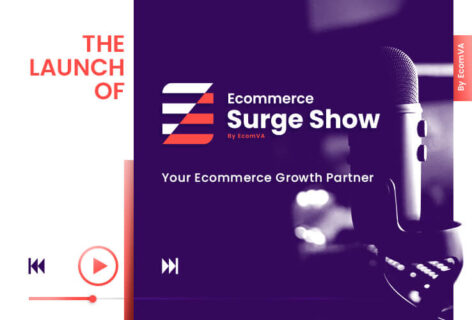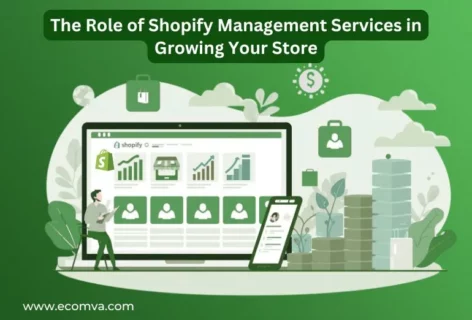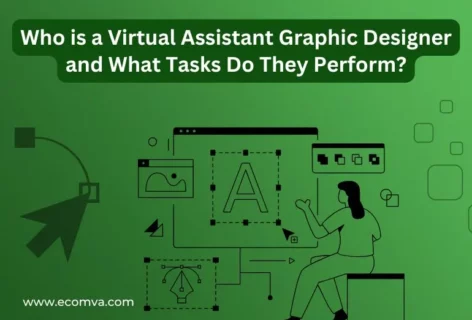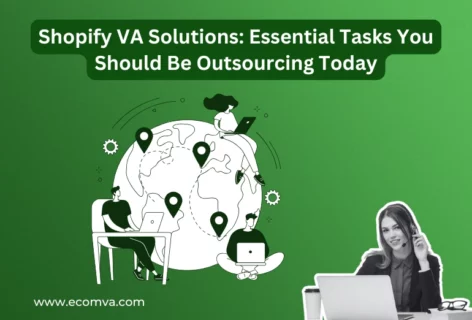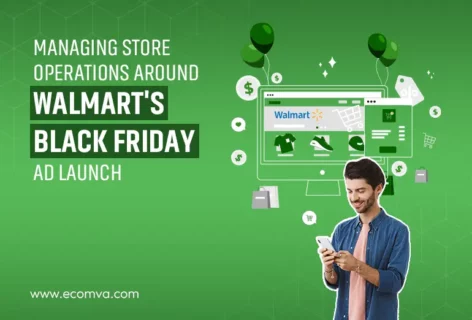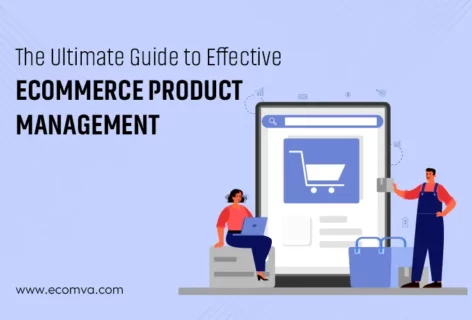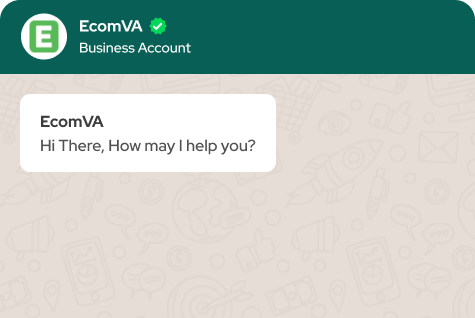How Klaviyo Product Experts Use AI Segmentation to Boost Conversions
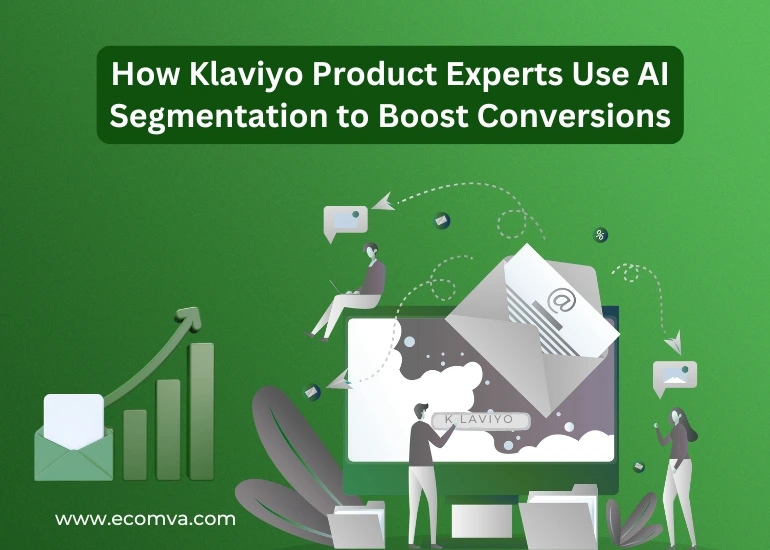
Email is still one of the most reliable ways to connect with online shoppers. But over time, brands have learned that sending one message to everyone doesn’t work. Customers expect emails that reflect their:
- Interests
- Shopping habits
- Timing preferences
That’s where segmentation comes in.
Segmented campaigns see an open rate that’s 2.5x higher than non-segmented campaigns.
Segmentation allows brands to split their audience into smaller, more targeted groups. This helps avoid wasted impressions and keeps messaging relevant. But creating segments that are actually useful requires:
- Real customer data
- Smart timing
- A clear understanding of buying behaviour
That’s where platforms like Klaviyo make a difference. Klaviyo is built to track customer actions, predict purchase patterns, and automate smart communication based on that data. It gives brands the power to send exactly the right message → at the right moment → to the right person.
Still, having access to these tools is one thing. Knowing how to use them well is another. That’s where a Klaviyo product expert comes in. Their job is to shape those tools into working strategies, more like turning customer data into action. And at the heart of it all is segmentation.
In this blog, we’ll break down how segmentation works inside Klaviyo, how product experts apply it to real campaigns, and when it might make sense to bring in someone who knows the system inside out.
How Does Segmentation Work in Klaviyo?
Segmentation in Klaviyo is about sorting customers based on what they do, what they buy, and how they engage with your store and emails. Unlike a static email list, segments update automatically when someone’s behavior changes. That means your messaging stays relevant, without needing manual edits.
A Klaviyo product expert uses these segmentation features every day. But what makes Klaviyo unique is its predictive analytics. Based on past data, Klaviyo can forecast:
- When a customer is likely to make their next purchase
- How much they’ll probably spend
- Whether they’re slipping away or staying engaged
These predictions help Klaviyo specialist build dynamic customer groups that update in real-time. Here’s how those segments might be built:
Common Segments Set Up by Experts
| Segment Name | Conditions Used |
|---|---|
| High Intent Shoppers | Viewed product page 2+ times in the last 7 days, clicked an email, no purchase yet |
| Likely to Buy Again | Predicted next order date within next 10 days |
| At Risk of Churning | No purchase in 90 days, open rate under 10% last 30 emails |
| High Lifetime Value | Placed 3+ orders, total spend over $300 |
A Klaviyo specialist will set these segments to feed into automated flows. This way, each message is sent to the exact group it’s meant for, based on live behavior and data.
How Do Experts Use These Segments to Create Better Flows?
Once the segments are ready, the next job is to build flows that actually turn those segments into results—more clicks, more purchases, and fewer drop-offs.
This is where a Klaviyo automation expert comes in. They use Klaviyo’s Flow Builder to create automation paths that are powered by segments. The logic can get complex, but the results are clear when done right.
Let’s look at two examples that a Klaviyo specialist uses often:
1. Reorder Flow Based on Predicted Purchase Date
If Klaviyo predicts that a customer is likely to order again within 7 days, an expert sets up a reminder email to go out just before that window.
Steps:
- The customer is placed into the “Likely to Buy Again” segment
- An email goes out with a curated list of items based on past purchases
- Optional: add a limited-time discount or free shipping banner
Why this works:
You’re not guessing. You’re acting on data that suggests the customer is ready to buy.
2. Win-Back Flow for At-Risk Customers
Let’s say a customer hasn’t purchased in 3 months. They’re at risk of leaving. The expert creates a targeted sequence just for this.
Steps:
- Segment: “At Risk of Churning”
- Email 1: “We’ve missed you” with a personal tone
- Email 2: Top-selling products they haven’t bought yet
- Email 3: Incentive or early access to a new product
A Klaviyo product expert doesn’t just launch flows. They also test subject lines, message tone, product blocks, and timing. Over time, they adjust the flow based on how the segment responds. Often, a virtual assistant graphic designer is involved to craft visually consistent email layouts, ensuring branding and design stay polished across all customer touchpoints.
Quick View: What Experts Test in Each Segment Flow
| Element | What’s Being Tested | Tools Used in Klaviyo |
|---|---|---|
| Subject Line | Open rate impact | A/B Test Feature |
| Product Recommendations | CTR and revenue per email | Dynamic Blocks + Product Feed |
| Send Time | Engagement patterns | Smart Sending & Time Optimization |
| Exit Conditions | When users should stop getting emails | Flow Filters |
When Should You Hire Klaviyo Expert?
There’s a point where the basics don’t cut it. You’ve got data. You’ve got customers. But you’re either stuck sending generic emails or wasting hours figuring out segments that don’t quite work.
That’s when brands decide to hire Klaviyo expert support. Here are a few signs you might be ready:
- You’re sending the same flow to all customers regardless of behavior
- Your open and click rates have dropped for over 30 days
- You have customer data, but don’t know how to build segments with it
- You don’t fully understand predictive filters in the Klaviyo dashboard
- Your team doesn’t have time to test and optimize flows properly
A Klaviyo product expert or Klaviyo automation expert won’t just “set things up.” They handle account audits, rebuild flawed flows, and remove overlapping logic. Most importantly, they turn customer behavior into revenue—without overcomplicating it.
If your email marketing automation strategy is sitting still, this is the point where bringing in a Klaviyo specialist becomes a smart investment.
Need Help Putting This Into Action?
If you’ve reached the point where Klaviyo’s tools make sense—but setting them up still feels out of reach—this is where we can help.
We’re a team of Klaviyo integration experts who’ve worked with hundreds of stores to build real, high-performing email and SMS strategies. Whether it’s connecting Klaviyo with your platform, setting up flows for abandoned carts or giveaways, or tracking detailed user behavior—we handle it all.
Here’s what we help brands like yours achieve:
- 6.3x growth in list size
- 29% of the total revenue from email
- 36% of total revenue from automated emails
- 95 million emails and texts sent in the last year alone
Our Klaviyo product expert will look at your setup and build segment-based flows that are both clean and conversion-driven. We don’t use shortcuts. We focus on building flows that follow your customer’s actual path—from browse to buy to come back again.
What We’ve Solved for Other Clients:
- Difficult Klaviyo integrations
- Tracking newsletter signups, purchases, retention triggers, and exit intent
- Building flows for pre-purchase, post-purchase, and cart abandonment
- Running monthly giveaways and retention campaigns
When you hire Klaviyo expert support, you get someone who understands how to pair segmentation with email marketing automation. That means every email and SMS is designed for maximum engagement.
Want results that actually move your business forward?
Request a Consultation now and let’s plan your next step with Klaviyo.
FAQs
1. Can I use segments for both email and SMS in Klaviyo?
Yes. Once a segment is created, you can apply it to both email and SMS campaigns. This keeps your messaging consistent across channels and helps target users more effectively.
2. What’s the difference between a list and a segment in Klaviyo?
A list is static and grows only through manual or form-based signups. A segment updates automatically based on customer behavior or data conditions, making it better for dynamic targeting and automation.
3. How often should I review or update my segments?
It’s smart to review them every 4–6 weeks. Purchase trends, engagement levels, and seasonal behaviors can shift, so updating segments ensures your flows stay relevant.
4. Can I create segments based on data from Shopify or WooCommerce?
Yes. Klaviyo syncs data from both platforms. You can create segments using order history, product views, customer tags, cart activity, and more from your store.
5. Is segmentation in Klaviyo GDPR and privacy compliant?
Yes, but compliance depends on how you configure your forms and consent fields. You can filter segments by opt-in status, country, or subscription preferences to stay legally compliant.


